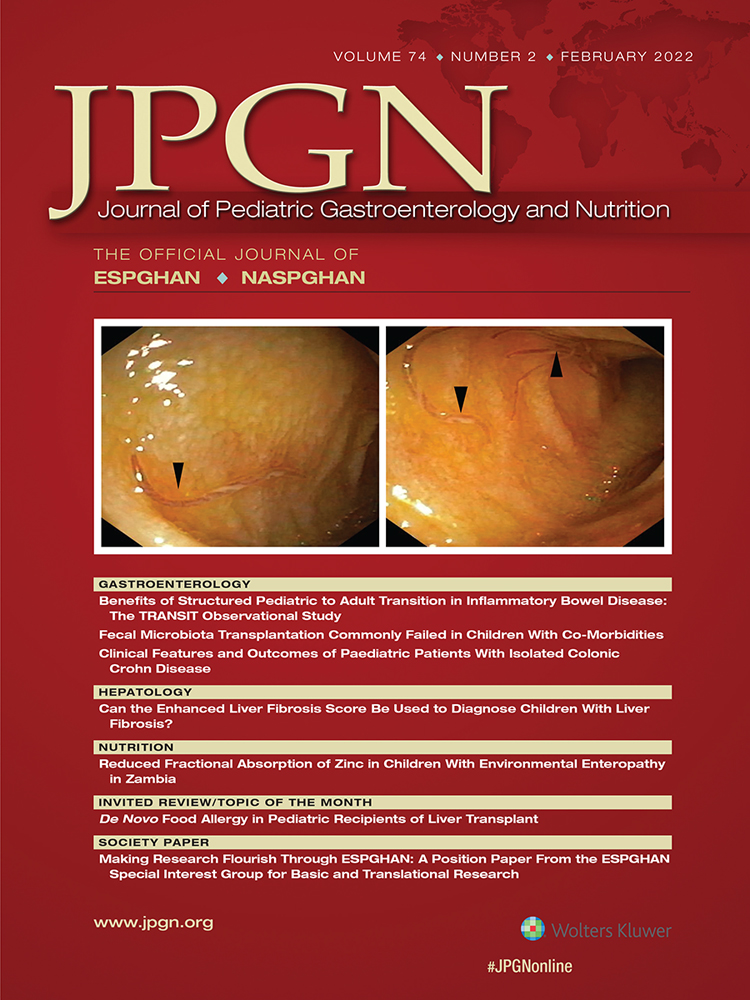Nutrients and Bioactive Components of Human Milk After One Year of Lactation
Implication for Human Milk Banks
Drs Elena Sinkiewicz-Darol and Dorota Martysiak-Żurowska contributed equally to the study as co-first authors.
The authors report no conflicts of interest.
Supplemental digital content is available for this article. Direct URL citations appear in the printed text, and links to the digital files are provided in the HTML text of this article on the journal's Web site (www.jpgn.org).
ABSTRACT
Objective:
Specifying the nutrient content and bioactive compounds in milk from long-term lactation for the purpose of finding additional sources of donors’ milk for human milk banks.
Method:
Human milk samples were collected from 43 mothers of term infants (term infant human milk, TIHM) (3–6 weeks of lactation) and 50 mothers who have breastfed for over a year (long-nursing human milk, LNHM). The milk collection time was 24 hours. The analyses of fat, protein, carbohydrate and energy content were performed with human milk analyzer MIRIS (Miris HMA™ ); lactoferrin and vitamin C content using high performance liquid chromatography in reversed phase (RP-HPLC); total antioxidant activity (TAC) and lysozyme by enzyme-linked immunosorbent assay (ELISA); and the activity of glutathione peroxidase (GPx) and catalase (CAT) via spectrophotometric methods. Sociodemographic characteristics of both groups of mothers have been compiled.
Results:
Higher fat content and energy value was found in LNHM than in TIHM. Protein content in LNHM and TIHM did not differ. Carbohydrate content was lower in LNHM than in TIHM. TAC, CAT and GPx activity were higher in LNHM compared to TIHM. No significant differences in the content of lysozyme, lactoferrin and vitamin C between the studied groups were found.
Conclusions:
The findings suggest that after 12 months of lactation, human milk still has significant nutritional value, does not lose bioactive components and can be considered for use in human milk banks.




